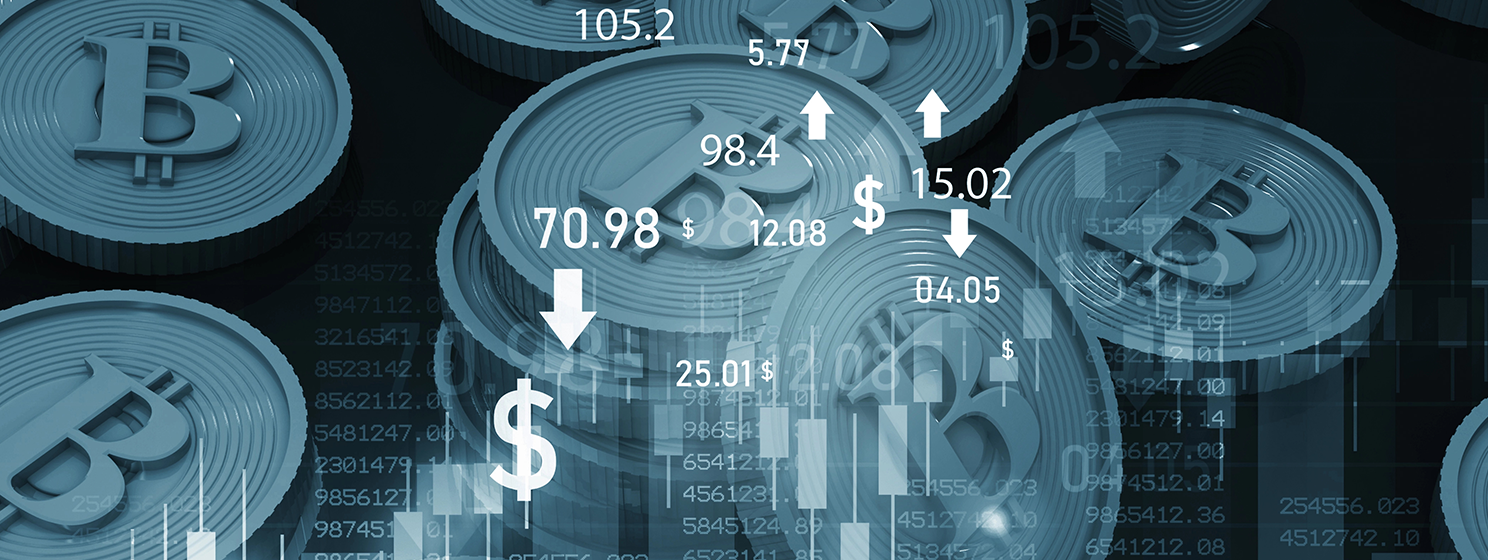|
Getting your Trinity Audio player ready...
|
Brazil is exploring expanding its central bank digital currency (CBDC) to encompass decentralized finance (DeFi) and tokenization, the country’s central bank has revealed.
Elsewhere, Visa (NASDAQ: V) is stepping up its tokenization efforts, recently launching a platform for tokenizing assets such as stablecoins and deposits, with Spanish giant BBVA as its first client.
A robust CBDC: Brazil’s unique approach with Drex
Brazil was not among the first nations to launch CBDC trials, but since its first pilot last year, it has progressed aggressively. Most recently, the governor of the Banco Central do Brasil revealed that it’s exploring tokenization, programmability and DeFi with the Drex CBDC.
Roberto Campos Neto spoke to Princeton University’s Professor Markus Brunnermeier in an interview that delved into the future of financial intermediation. According to Neto, the central bank has been striving to offer Brazilians cutting-edge financial and payment solutions while balancing other responsibilities, such as maintaining economic stability.
Brazil’s central bank has an integrated agenda with four fundamental blocks: Pix, Drex CBDC, open finance and currency internationalization.
Under Drex, the bank was intent on preventing commercial bank disintermediation by ensuring Drex didn’t change the balance sheet of the central bank. This birthed tokenized deposits, which benefit from the speed, access and low cost of CBDCs without the complexity of changing an entire system.
In time, Drex has evolved to better compete with existing payment methods, with the biggest rival being Pix, the ultra-successful national digital payments framework. Since its launch in November 2020, Pix has facilitated 67 billion transactions for 158 million users.
One of the unique features that Drex will offer is access to DeFi. However, unlike the DeFi that has dominated the ‘crypto’ world, which is led by the hunt for quick gains through pump and dumps, this would be better regulated and adhere to financial laws.
Despite Pix taking the lead, Neto believes the CBDC can offer immense value to Brazilians. This includes reducing transaction costs and friction, enhancing auditability and transparency and boosting financial inclusion.
Drex will also promote tokenization, which has become one of the main applications of blockchain technology by mainstream players. Studies estimate that the tokenization of real-world assets (RWAs) will unlock over $10 trillion by the end of the decade.
Visa’s new tokenization platform targets commercial banks
As tokenization takes root, Visa wants to remain at the nexus of global finance by allowing commercial banks to easily issue and manage fiat-backed tokens onchain.
The California-based giant recently announced the launch of the Visa Tokenized Asset Platform (VTAP), which it says will “help banks integrate blockchain technologies into their operations.”
Visa has a network that spans over 15,000 banks globally, which can now create and experiment with their own tokens in its VTAP sandbox. They can mint, burn and transfer these tokens, including tokenized deposits and stablecoins.
VTAP supports smart contracts, allowing users to program and automate their tokens. A bank could, for instance, automate lines of credit processes to automatically release payments to its clients when certain conditions are met.
Spanish banking giant BBVA is the first to explore the new platform. The Madrid-based lender revealed that it has been experimenting with VTAP throughout this year, including testing the issuance, transfer and redemption of a bank token on a testnet blockchain.
“This collaboration marks a significant milestone in our exploration of the potential of blockchain technology and will ultimately help enable us to broaden our banking services and expand the market with new financial solutions,” commented Francisco Maroto, the bank’s head of blockchain.
While Visa has only used the term “fiat-backed tokens,” its product basically described a stablecoin. With VTAP, it will allow any bank to issue its own stablecoin, potentially competing with ‘crypto-native’ products like USDT and USDC.
Initially, these bank-issued stablecoins will be limited to a specific bank’s ecosystem and will be more like tokenized deposits. However, Visa’s head of digital assets, Cuy Sheffield, revealed earlier this year that the company intends to make the stablecoins interoperable, creating a global network of over 15,000 banks where users can transfer stablecoins seamlessly.
Watch: CBDCs are more than just digital money

 12-10-2025
12-10-2025 





